
Diagnostics with Geotab: From port to report
Last updated on December 22, 2023 in Productivity by Geotab Team | 1 minute read
Table of contents
In this blog post we will cover a part of how the information in your vehicle is collected, analyzed, and delivered, from port to report.
A great deal of data is constantly being reported by your vehicle, and Geotab puts special work in bringing this data to you. In this blog post we will cover a part of how the information in your vehicle is collected, analyzed, and delivered, from port to report.
See also: The Geotab GO saved my RV vacation
Introducing On-board Diagnostics (OBD)
The OBD port is a small diagnostic port most commonly placed underneath the steering wheel and column, within reach of the driver. Modern diagnostics have a wealth of information available to them, but historically diagnostics were first implemented by individual manufacturers, without a common standard. The Society of Automotive Engineers (SAE) recommended the standard that would become OBD in 1988. From 1991 to 1994, the California Air Resources Board (CARB), motivated to create a standard emissions test, issued the OBDII specification and required it be implemented in all cars sold in California starting in model year 1996. The standard soon spread throughout the United States. Every manufacturer from 1996 onwards has implemented some form of the OBD standard.
Post-standardization challenges
OBD was introduced to a manufacturing landscape that was developed by individual manufacturers working independently. The standard contains multiple signal patterns of which a manufacturer can choose any particular one. As the standard was prompted by emissions testing, the largest required set of diagnostics are those related to emissions. Manufacturers provide a much wider selection of diagnostics through the OBD port for use in repairs, but they are not required to follow a particular specification on these diagnostics, and the codes can differ between manufacturers, makes, models, and years.
How Geotab compiles and improves diagnostics
At Geotab, we translate the various manufacturers’ implementations of OBD into a uniform set of diagnostics. We provide as much information in as useful a way as possible, regardless of the particular implementation. Geotab splits diagnostic information into measurements about the engine and particular vehicle faults, and translates multiple manufacturers’ information into a consistent set of these measurements. This can be done over a number of diagnostic standards. Sometimes this means Geotab creates a new diagnostic, dynamically taking information from the OBD, combining that diagnostic information with transformative math, and creating an improved diagnostic with an easier to understand output. For examples of when this is sometimes necessary, take a look at some of our articles on specific work for seatbelts and fuel usage, available at Reporting Seatbelt Data: It’s Not As Easy As Buckling Your Seatbelt and Dude, Where’s My Fuel?.
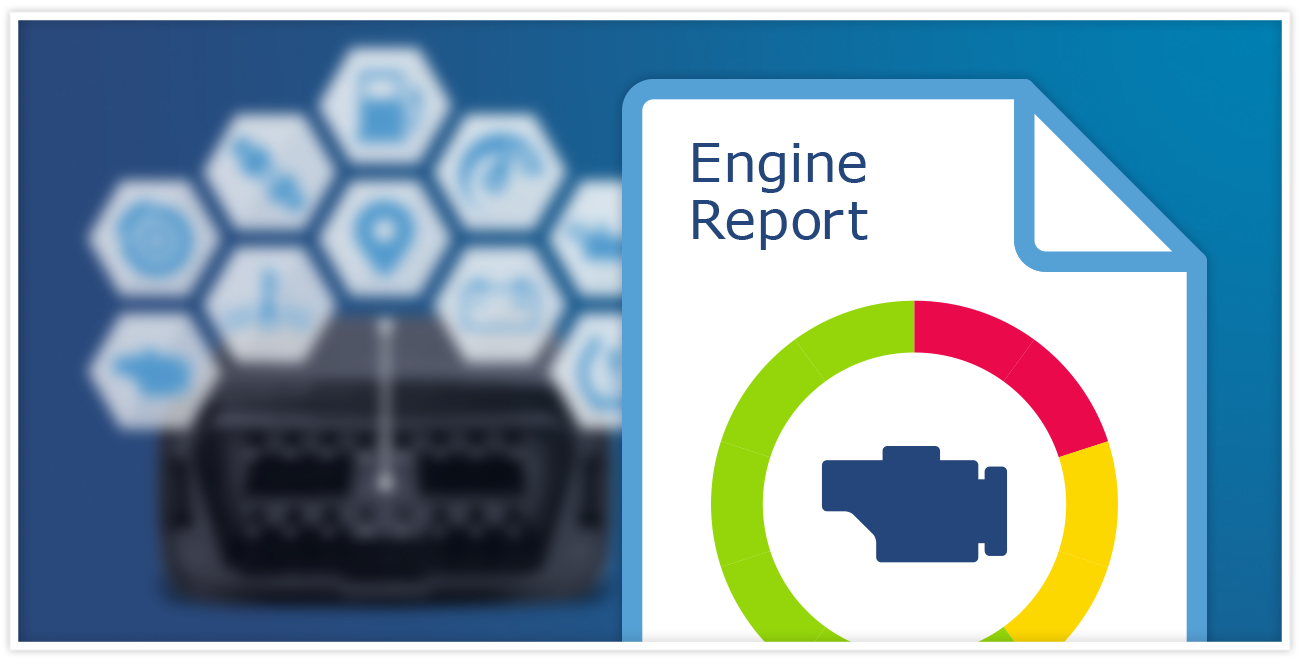
Interested in learning more about engine diagnostics? The US Environmental Protection Agency maintains information on OBDII and specific details are available by contacting the SAE. In addition, feel free to contact Geotab, or leave a comment in the comments box below.
If you liked this post, let us know!
Disclaimer
Geotab's blog posts are intended to provide information and encourage discussion on topics of interest to the telematics community at large. Geotab is not providing technical, professional or legal advice through these blog posts. While every effort has been made to ensure the information in this blog post is timely and accurate, errors and omissions may occur, and the information presented here may become out-of-date with the passage of time.
Get industry tips and insights
Sign up for monthly news and tips from our award-winning fleet management blog. You can unsubscribe at any time.
Republish this article for free
Other posts you might like
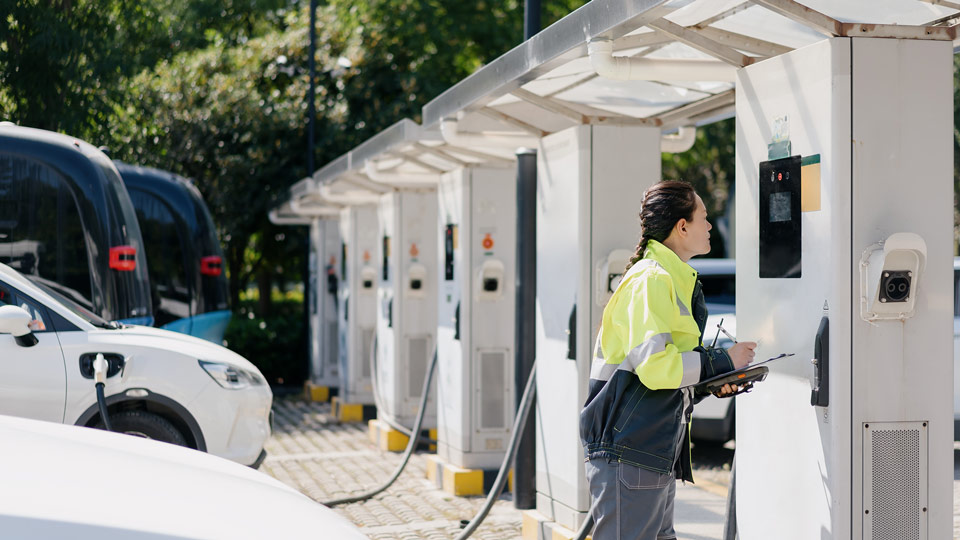
Public sector fleet electrification: Sharing insights from learned experiences at Connect 2024
April 18, 2024
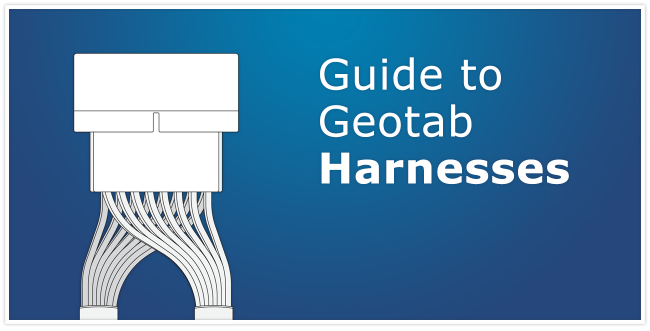
The ultimate guide to Geotab harnesses
November 30, 2023
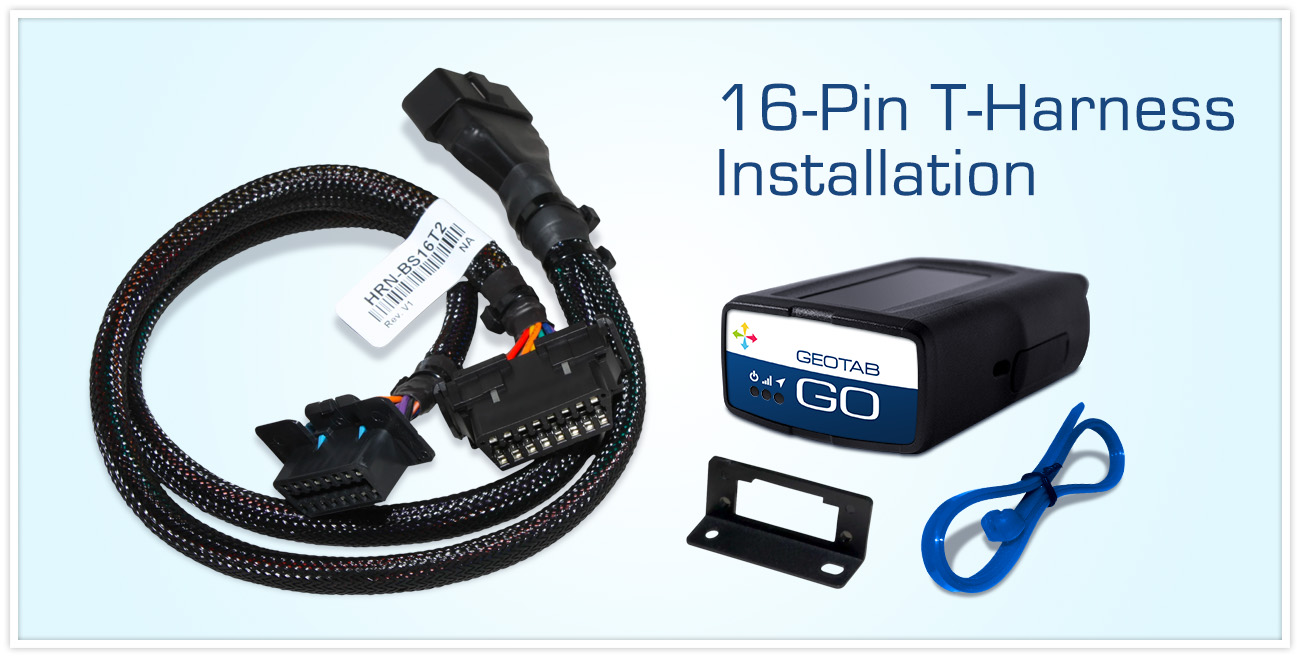
Geotab’s 16-pin t-harness fleet management device
November 30, 2023
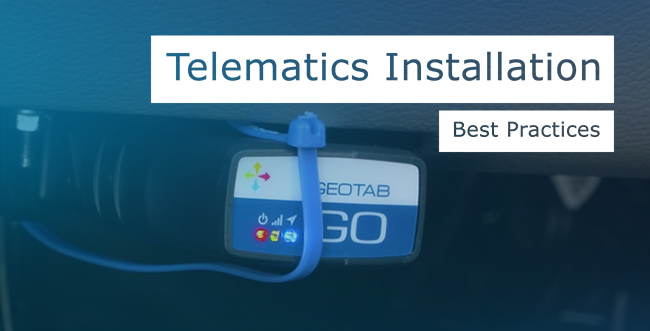
GPS tracker installation guide
November 30, 2023





